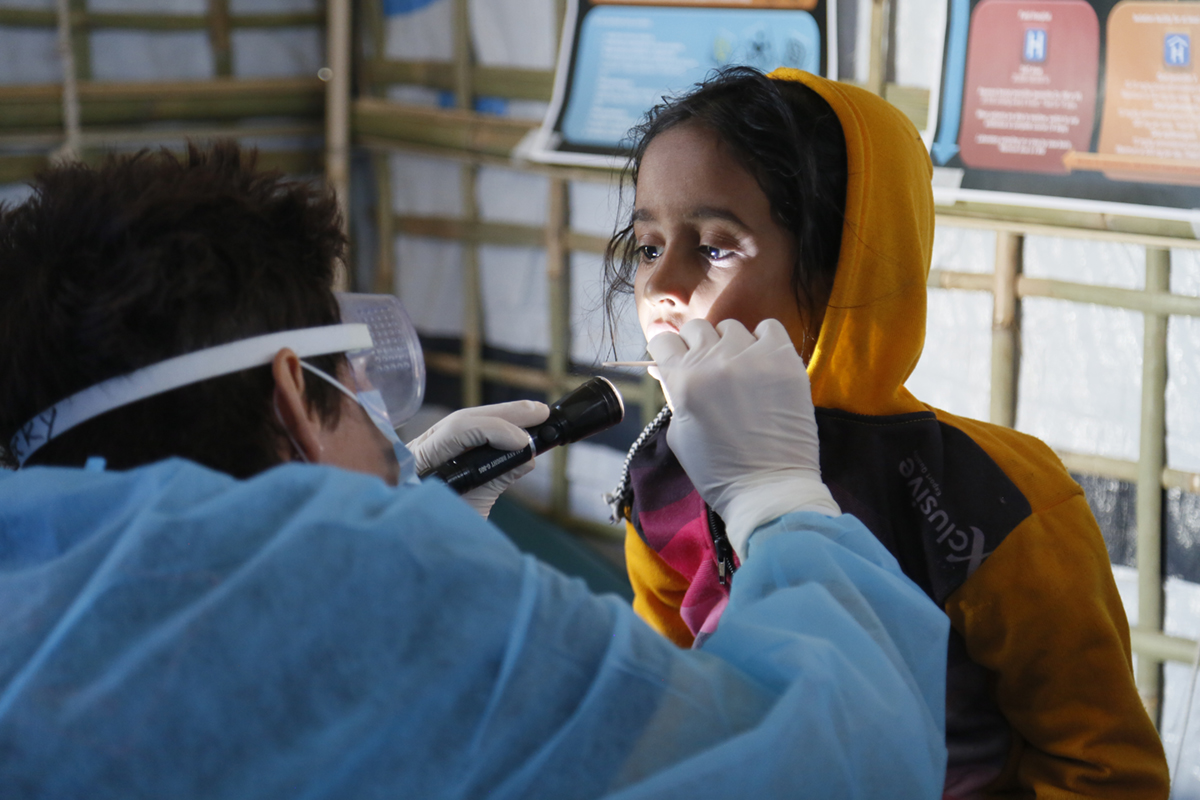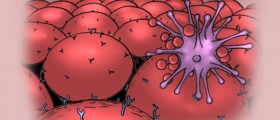
Each virus is different in its own nature and the way it affects the human beings. Viruses are common and they affect all human beings but they are not all harmful. Some viruses can be spread through the air and they get to the orifice inside a human by means of inhalation through the lungs. Some other types can be spread only through body fluids. HIV can be spread by blood contact.
Viruses are often mistakenly compared to bacteria, but they are totally different organisms. Bacteria are a type of organism that feeds of a host and leads a self sustaining life. Virus is more like a genetic information that clings to the cells of a host and exploits the cells for its own reproduction. The main difference between the bacteria and the viruses is that the infection caused by bacteria can be efficiently localized while viruses systematically affects the entire body.
Flu and cold viruses are the most common of them all. These types of viruses can have minimal to moderate effect on the human body unless the patient is an infant that cannot defend the body properly or an old or an ill person whose protective capabilities are significantly diminished. The human body is meant to fight bacteria and viruses so when a person experiences a viral infections, the symptoms are actually the body’s response as it tries to eradicate the virus.
These symptoms usually include a runny nose, sneezing, coughing, loss of energy, swollen lymph glands, flushed face and body temperature. When a person suffers from a viral infection the body creates antibodies whose purpose is to find any foreign material in the body and destroy it. In this case the viruses are that foreign material. When the viruses attack the human body, it is trying to defend itself and the first signs of the infection are actually indications of the immune system fighting back and trying to kill the virus off.
Fever is triggered because the human body purposely raises its temperature for just a few degrees because it helps in killing off the virus. Runny nose is very common if a person has the flu or a cold. Runny nose consists of white blood cells. The immune system reacts to the materials that are supposed to kill the virus and the removal of dead virus materials.
A runny nose makes sure that all those unwanted materials get released from the body. Coughing and sneezing serves the exact same purpose as a runny nose does. Lymph glands get swollen because they work hard to produce the material that is supposed to kill the viruses off. The loss of energy, aching, pain and dehydration occurs because the energy gets diverted from normal bodily activities towards killing the viruses more efficiently.

















Your thoughts on this
Loading...